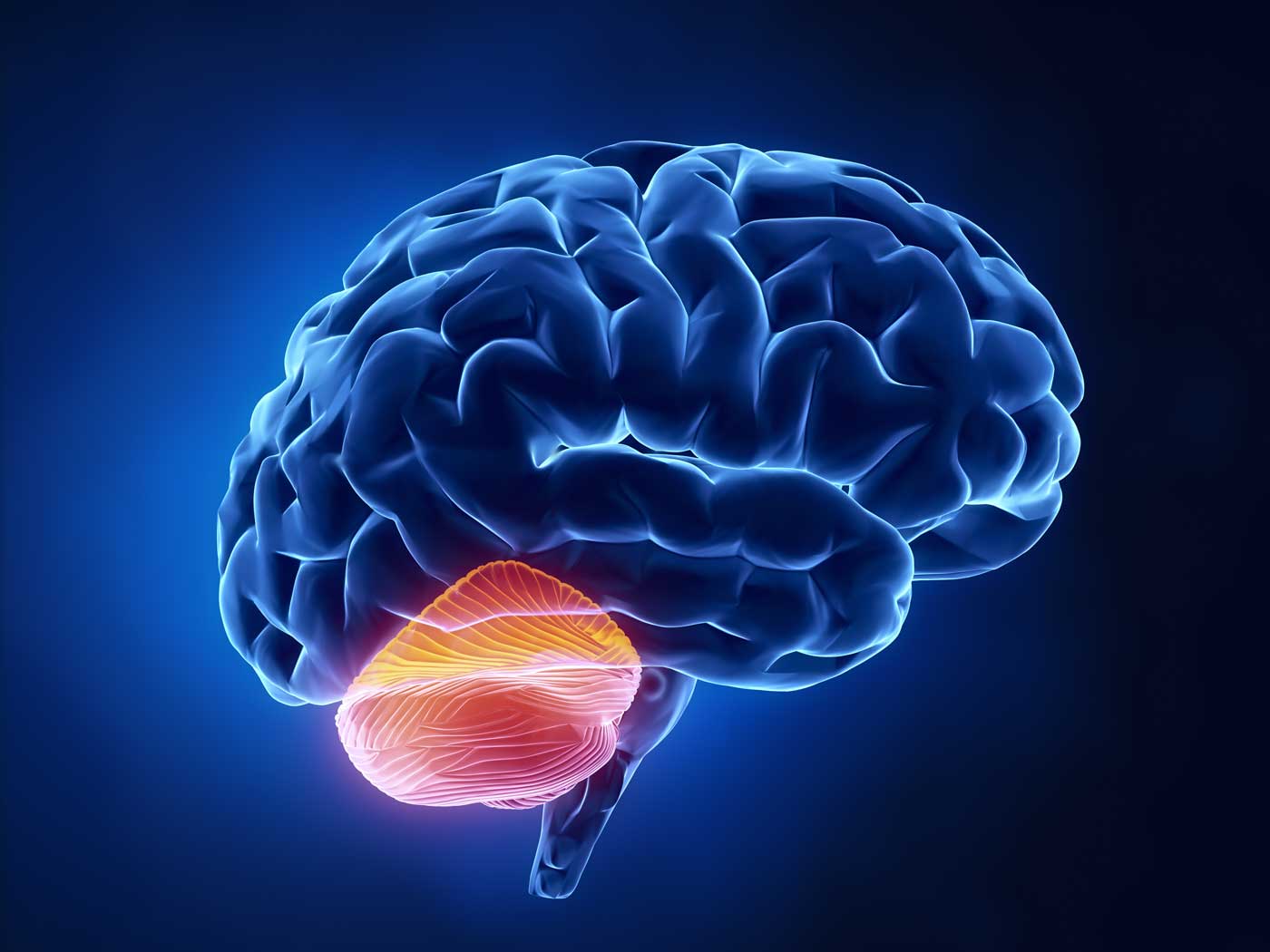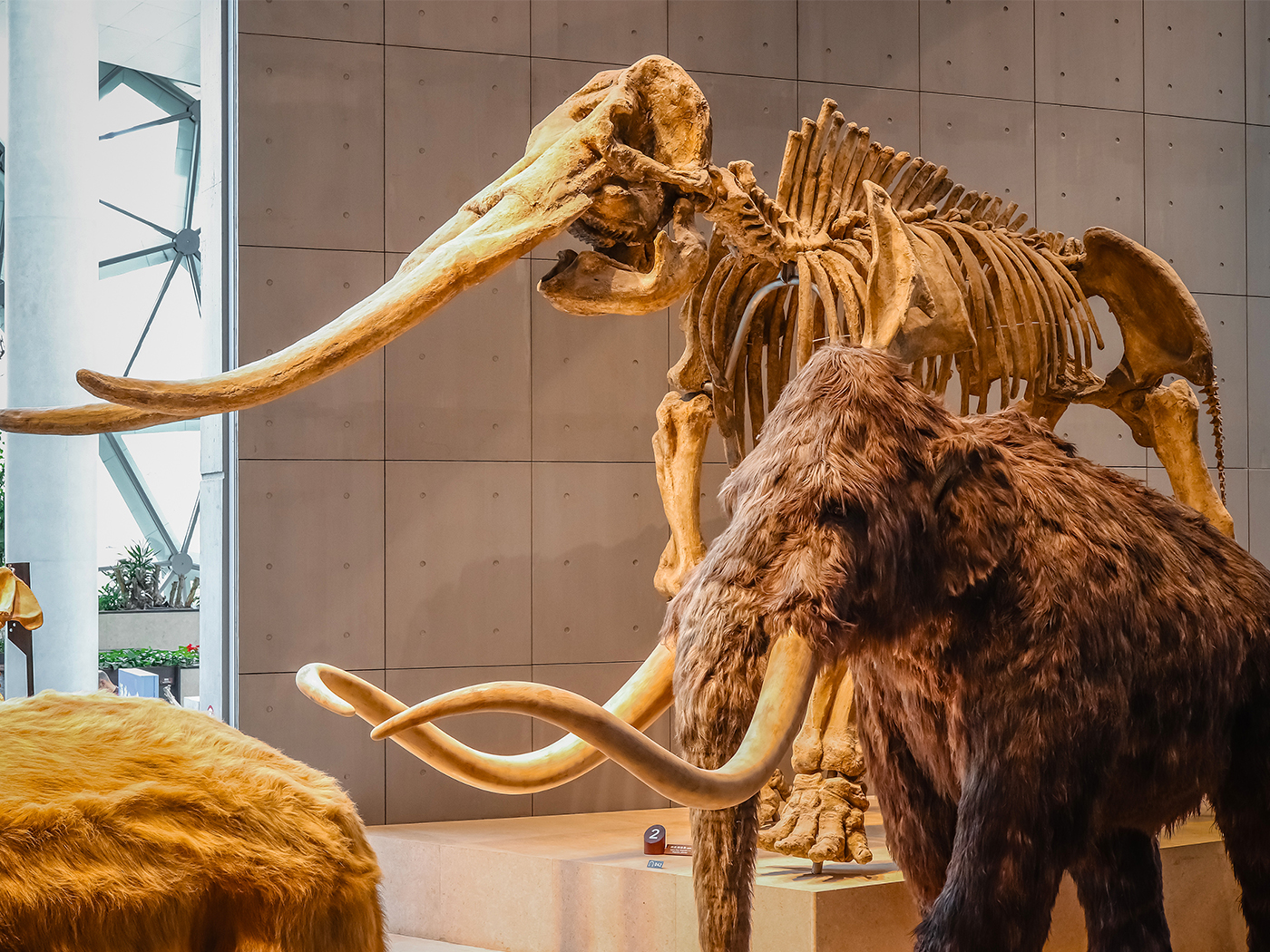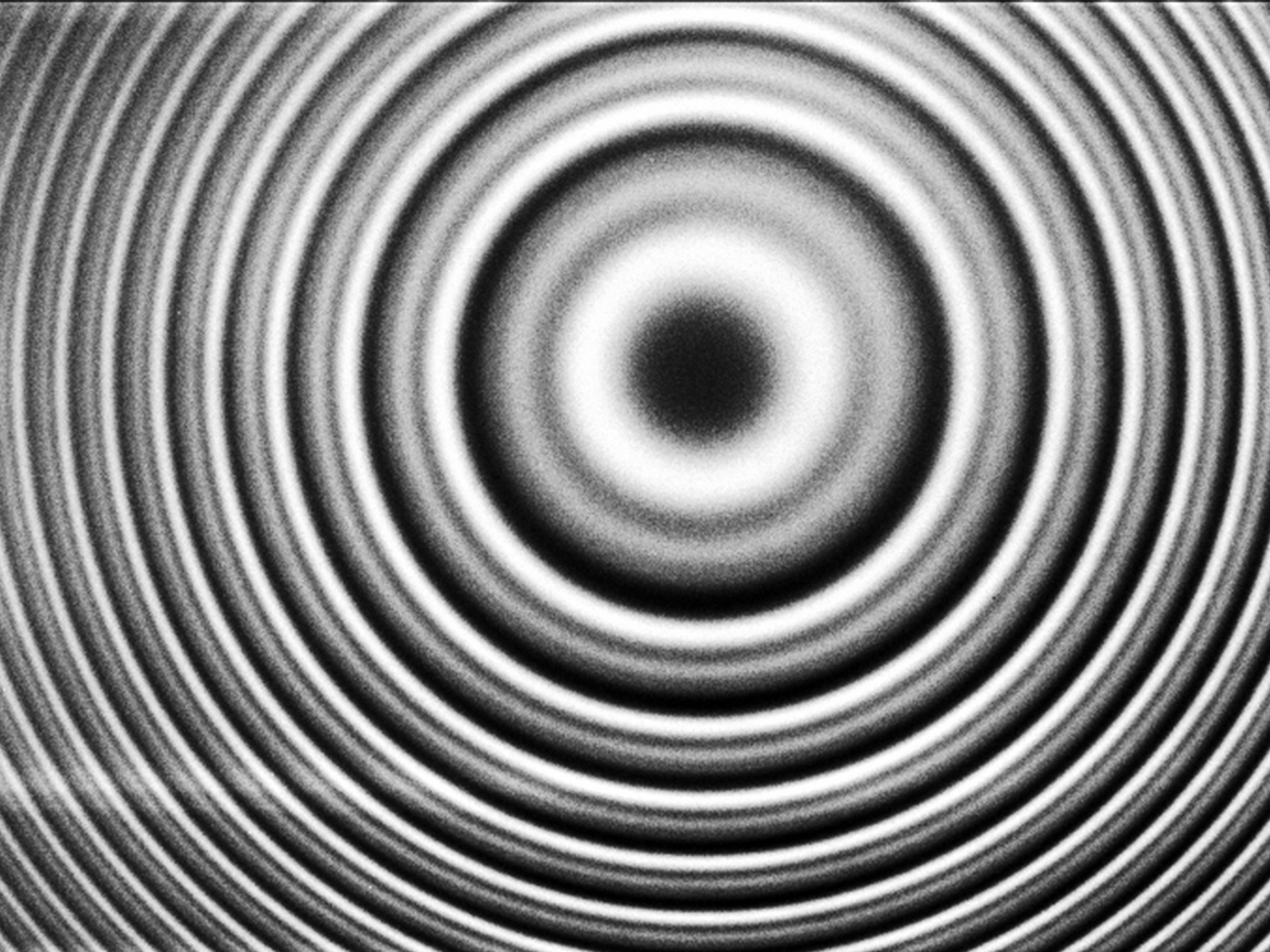Observable change is happening in humans, albeit slowly and only for certain traits. Scientists have tracked the histories of 14,000 residents of Framingham, Massachusetts, since 1948. Data from 2,238 females participating in the Framingham Heart Study were recently analyzed, including weight, blood pressure, cholesterol levels, and number of offspring. The results suggest that a slow shift in height and weight is occurring, leading some to conclude that “evolution is still in action.”1
In the group studied, neither obese nor thin women had as many children as those in a third, slightly plump category. The researchers predicted that if this trend continues, the descendants of these Framingham residents will be almost an inch shorter and approximately two pounds heavier 400 years from now.
Biologist Stephen Stearns told Time magazine, “Variations in reproductive success still exist among humans, and therefore some traits related to fertility continue to be shaped by natural selection.”1 Stearns led the team of scientists who conducted the study, the results of which were recently reported in Proceedings of the National Academy of Sciences.2
His observation may be accurate regarding the existence of variable traits, but, as usual, no distinction is made between very different concepts that are all mixed together under the ambiguous umbrella term “evolution.” On the one hand, subtle alterations to nonessential features within a stable kind are called “evolution,” and these changes are observable. But on the other hand, textbooks display images depicting all life forms having emerged from a single cell, and such radical morphing from one kind to another is nowhere borne out by science. Yet it, too, is referred to as “evolution.”
Without clarifying which definition is being used, confusion could easily result. And with such vague definitions that are offered for evolution―such as “the change in the genetics of a species over time,” which appears in the current Texas eighth grade science textbook3―discerning those critical distinctions between the concepts it represents promises to be a challenge in the future.
In reality, there is an apparently unbridgeable gap between the subtle kinds of adjustments the scientists observed among these Massachusetts women and the kinds of wholesale changes necessary to have converted single cells into Massachusetts women. Tweaks in height and weight among some individuals in a limited population are merely variations within a stable created and reproducing kind. For nature to have generated internal skeletons or lungs from scratch, however, would have required giant sets of new genetic building and operating instructions to have instantly arrived...in both a male and female, for them to show up in the next generation.
Are humans changing? Of course, but what is actually seen are certain changes only within certain traits. Are humans undergoing Darwinian, big-picture evolution? Although these researchers did not make this claim specifically, they did not distinguish between the critical classes of biological change. Thus once again, the science shows variation within a kind, but no big-picture, textbook-image “evolution.”
References
- Harrell, E. Darwin Lives! Modern Humans Are Still Evolving. Time. Posted on time.com October 23, 2009, accessed October 27, 2009.
- Byars, S. G. et al. Natural selection in a contemporary human population. Proceedings of the National Academy of Sciences. Published online before print October 26, 2009.
- Biggs, A. et al. 2002. Texas Science Grade 8. Columbus, OH: Glenco/McGraw-Hill, 352.
* Mr. Thomas is Science Writer at the Institute for Creation Research.
Article posted on November 3, 2009.

























